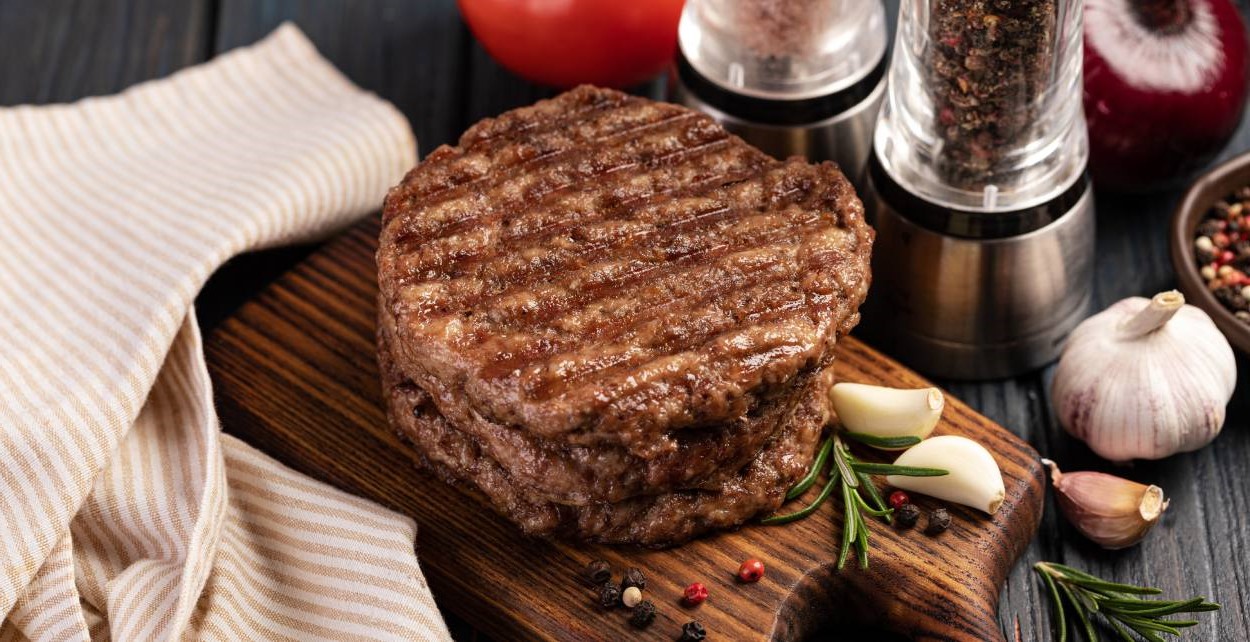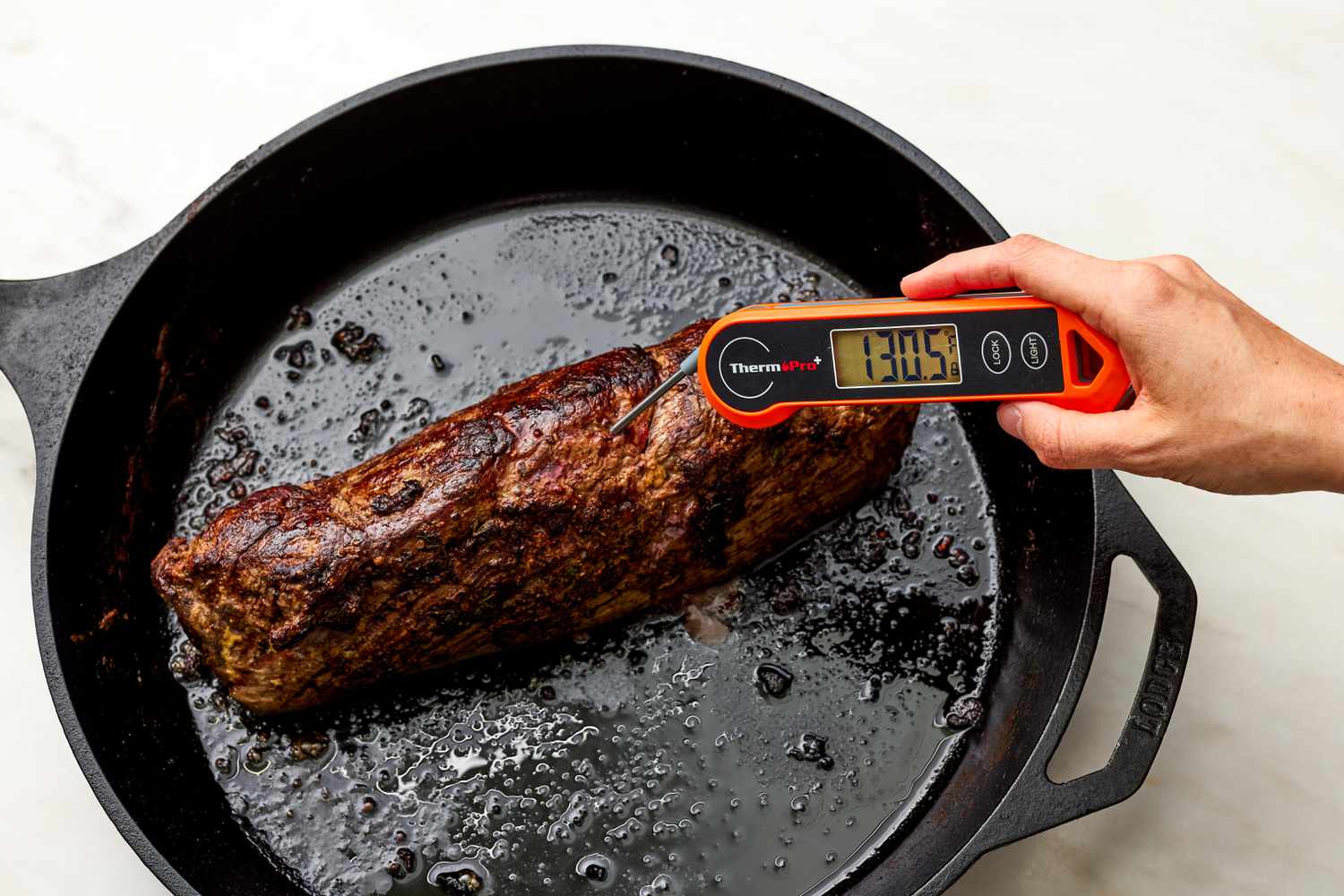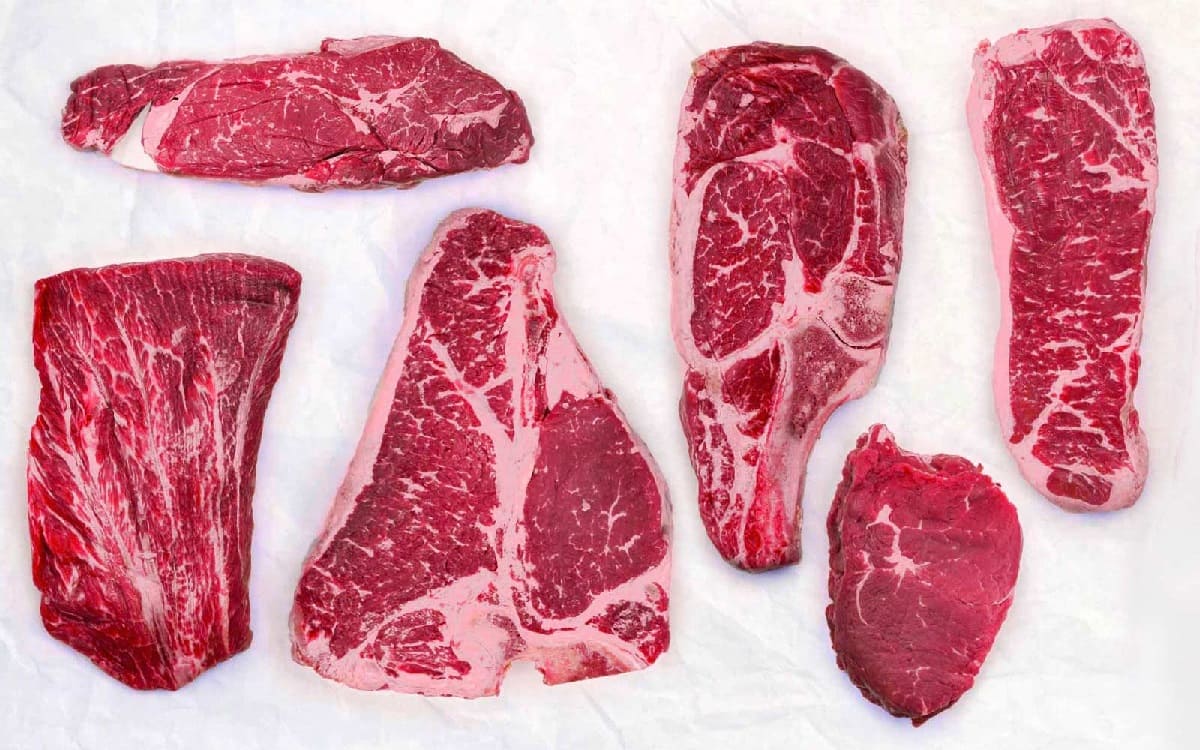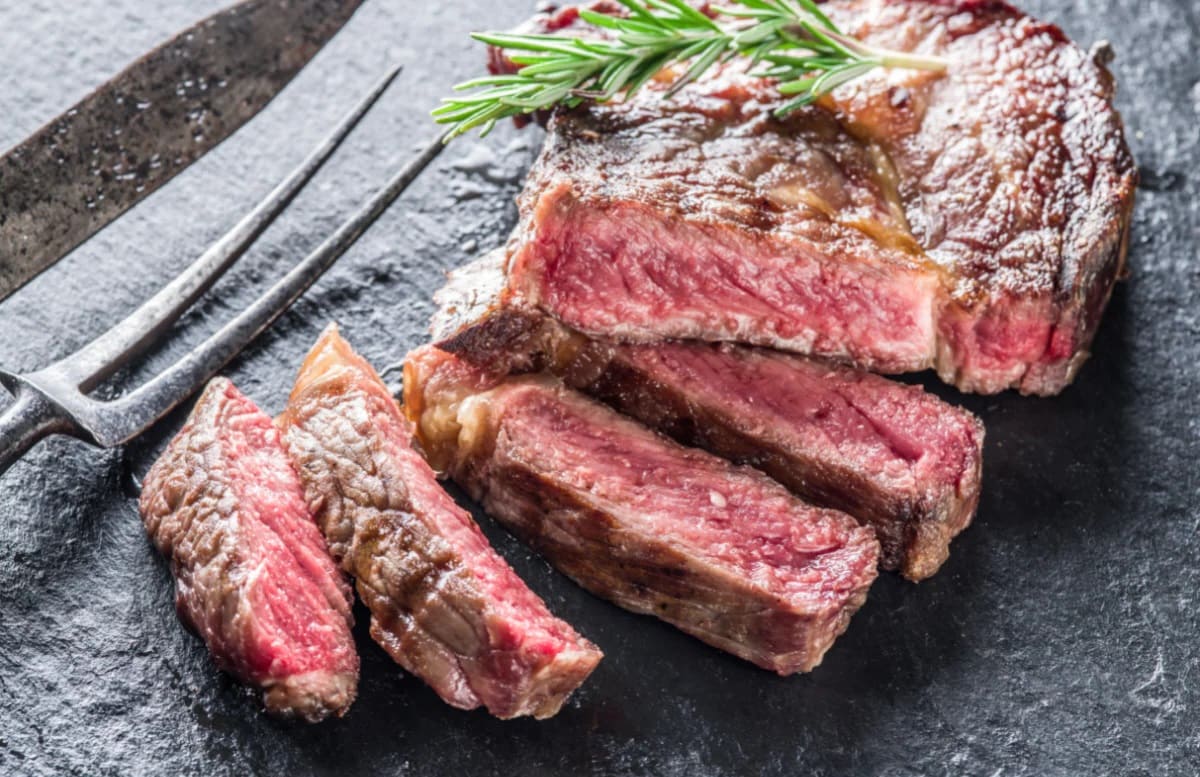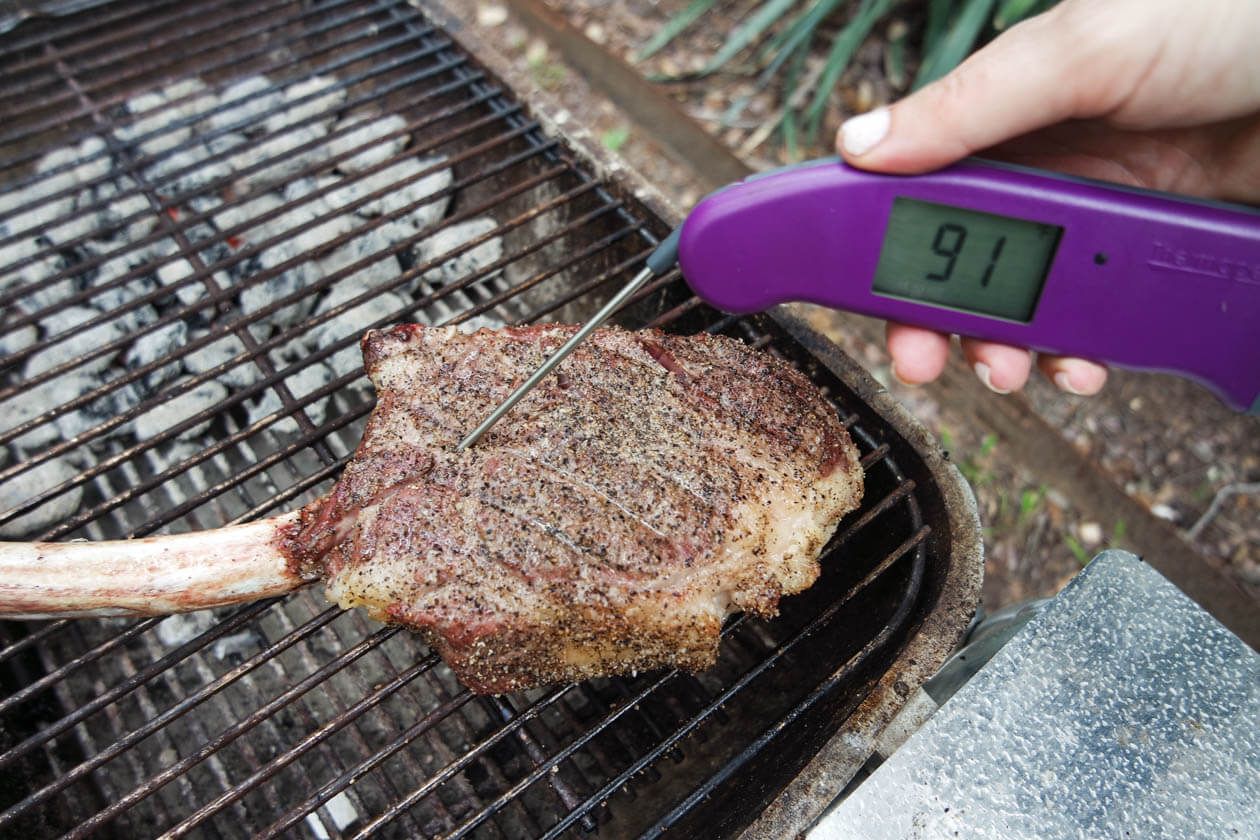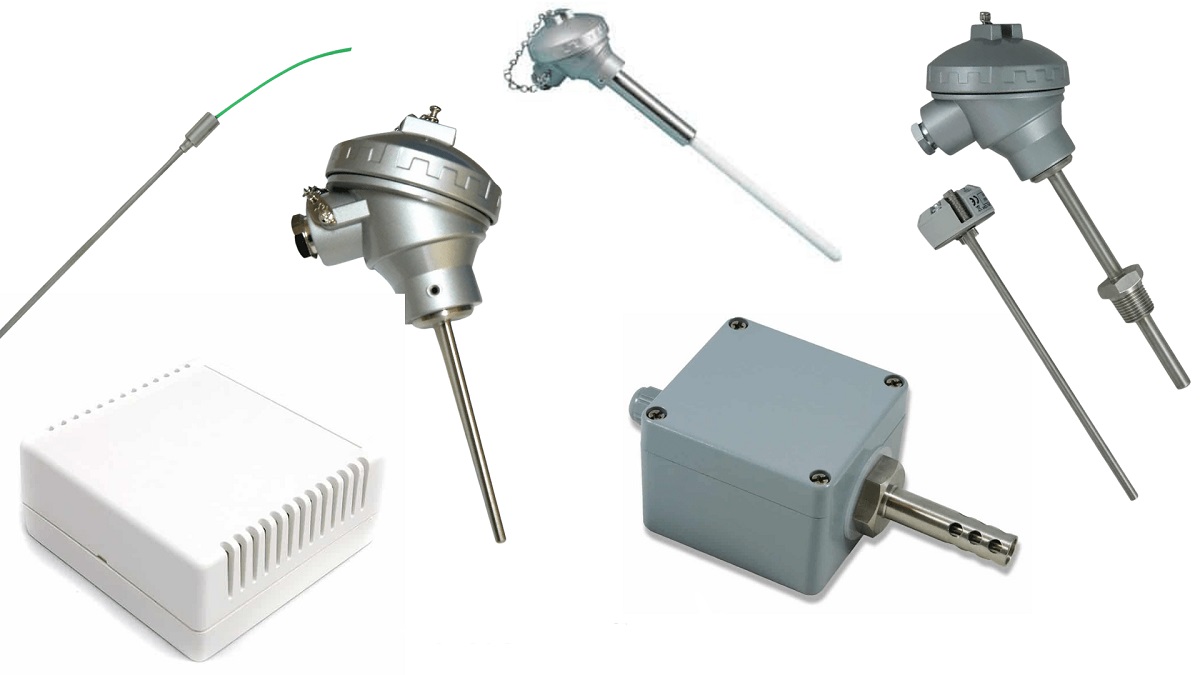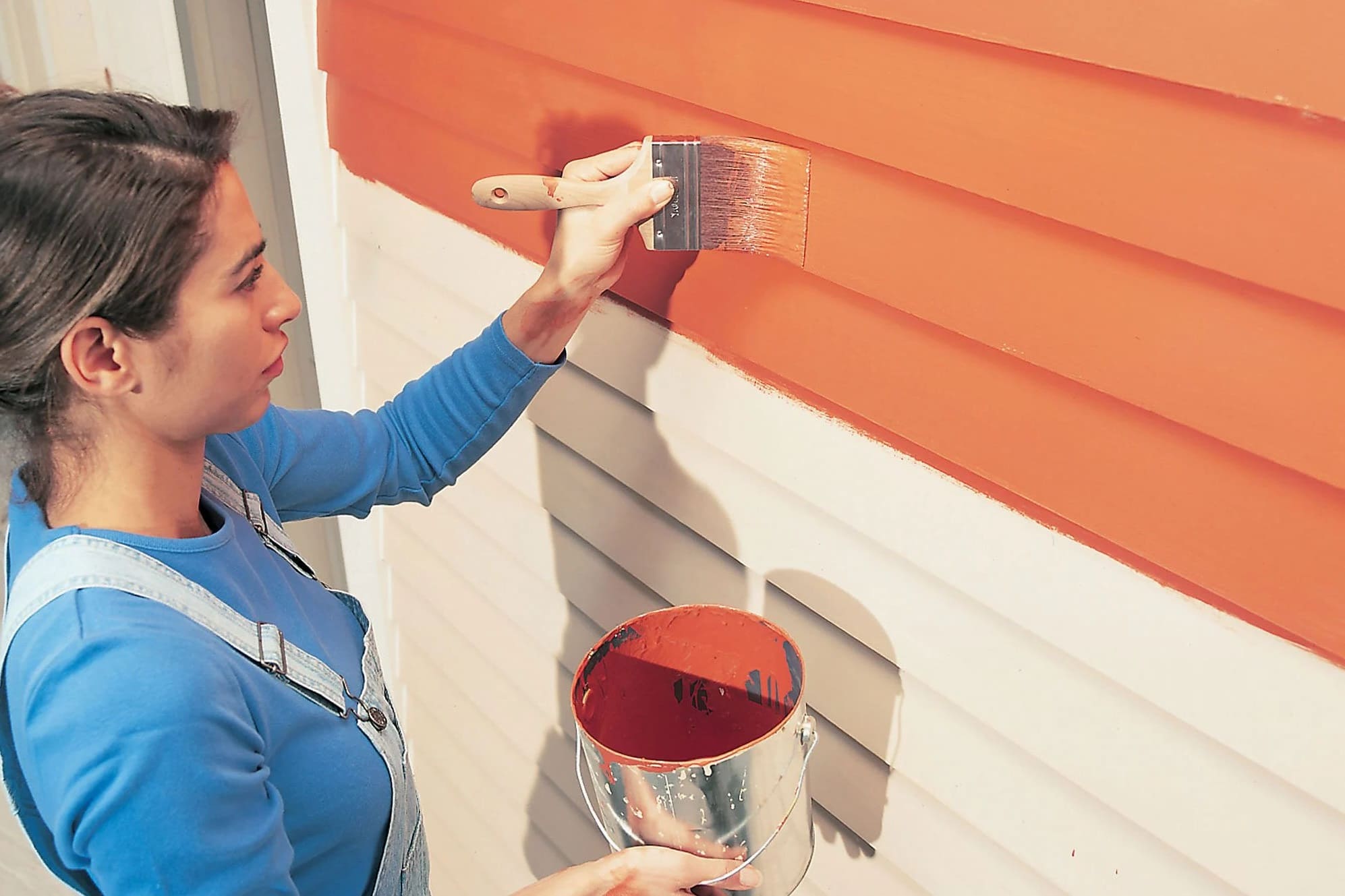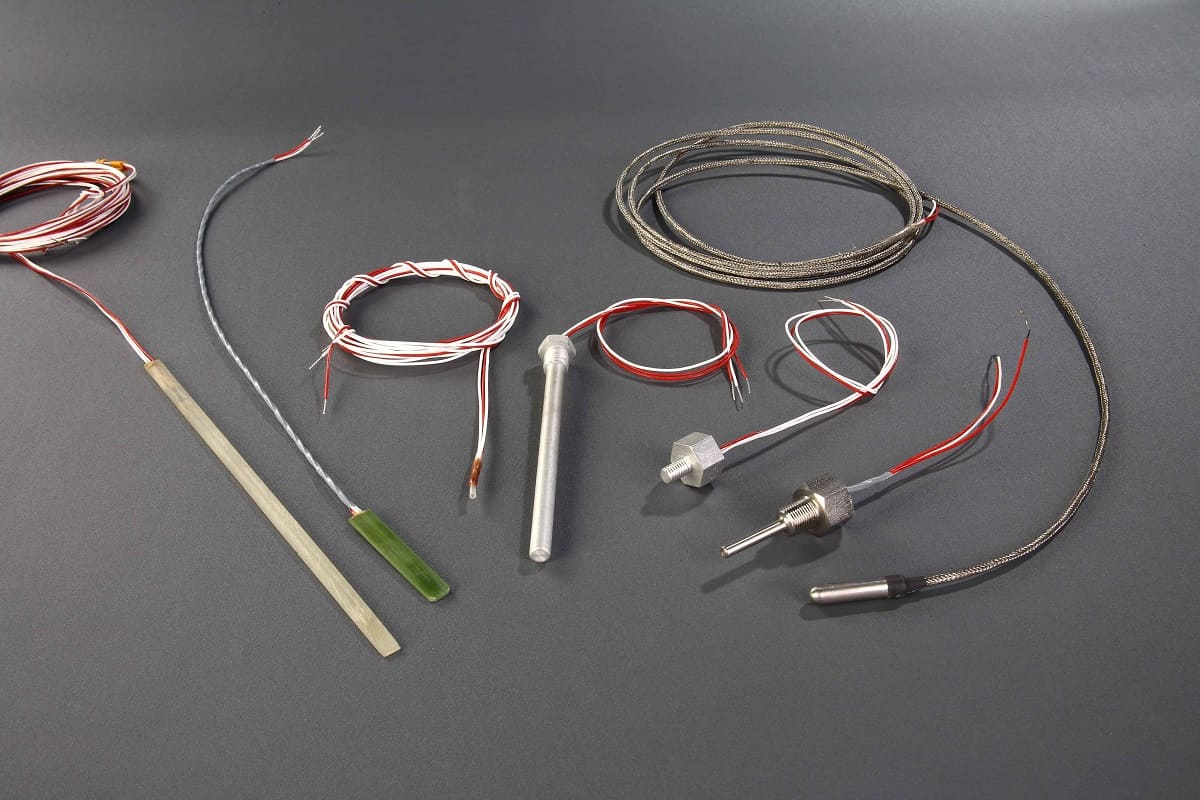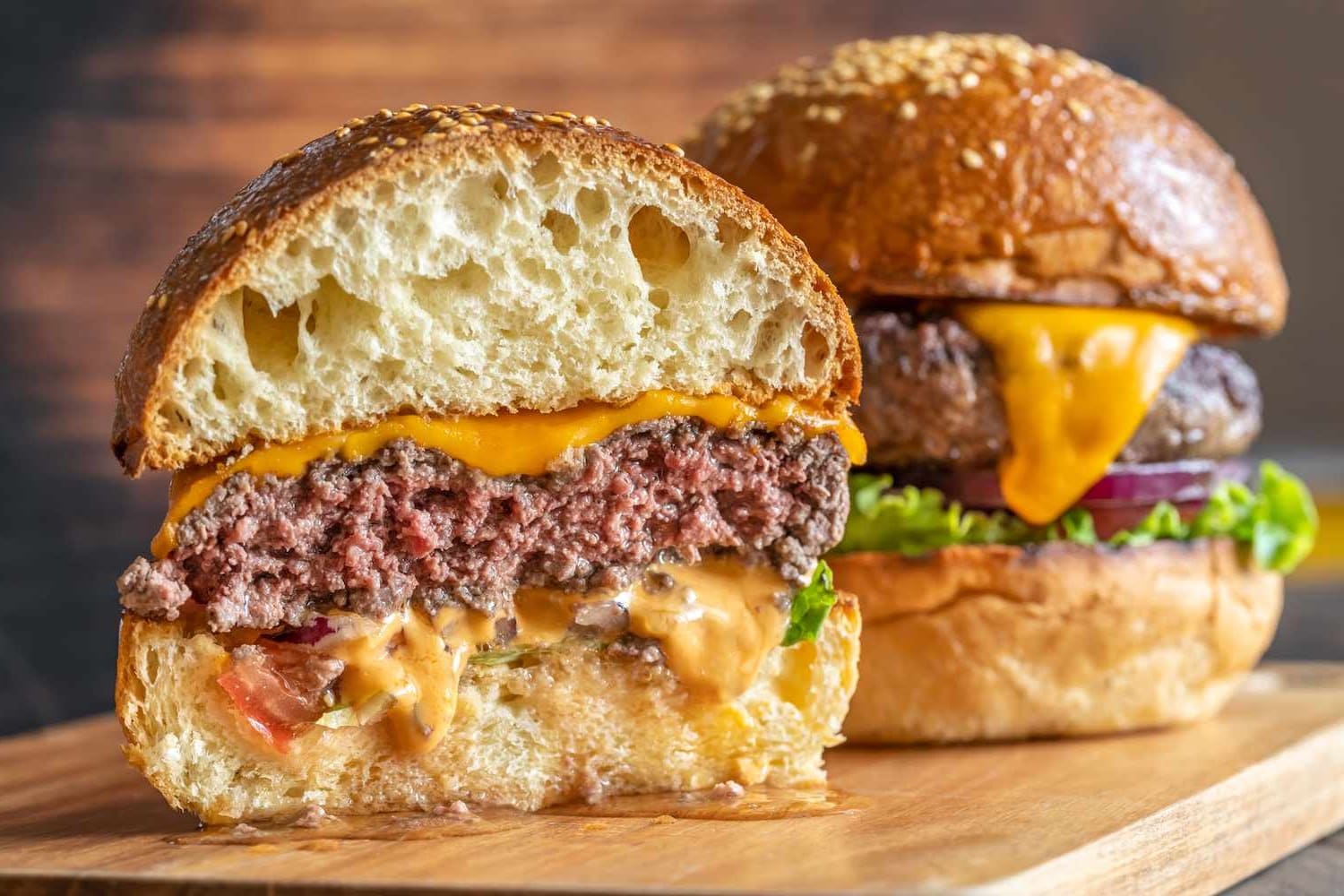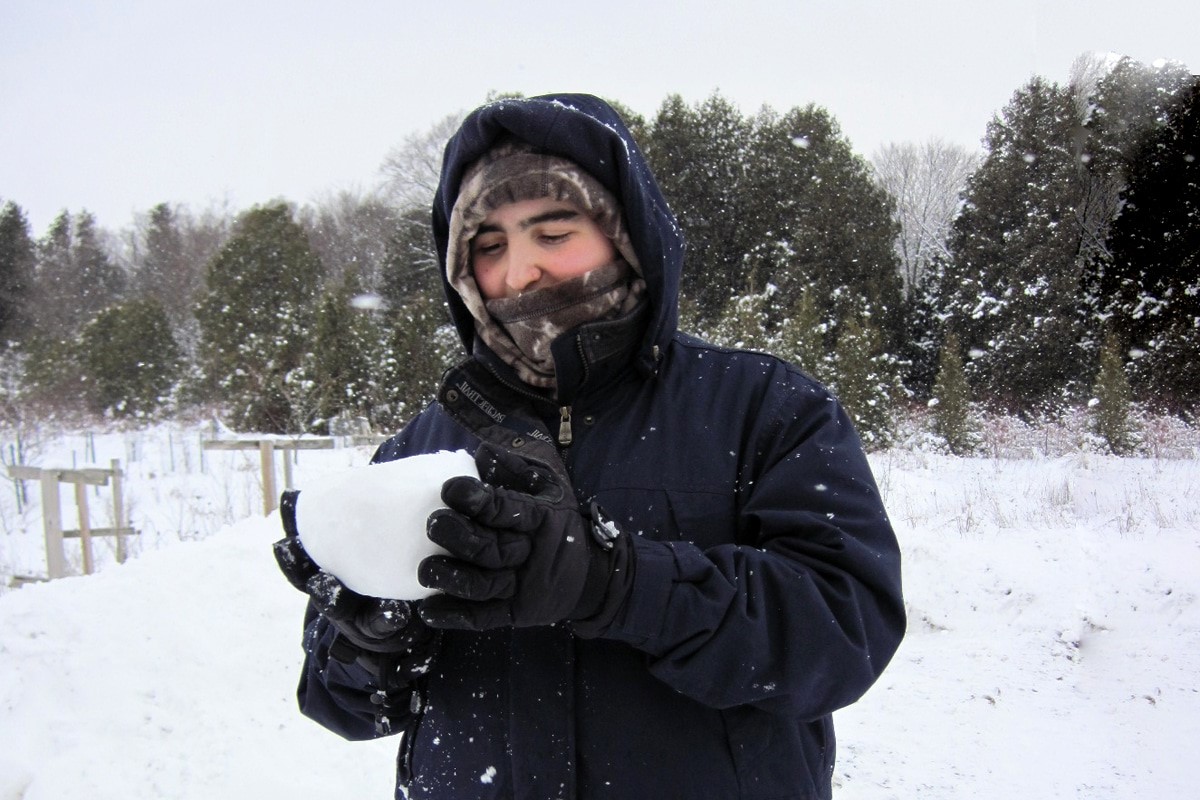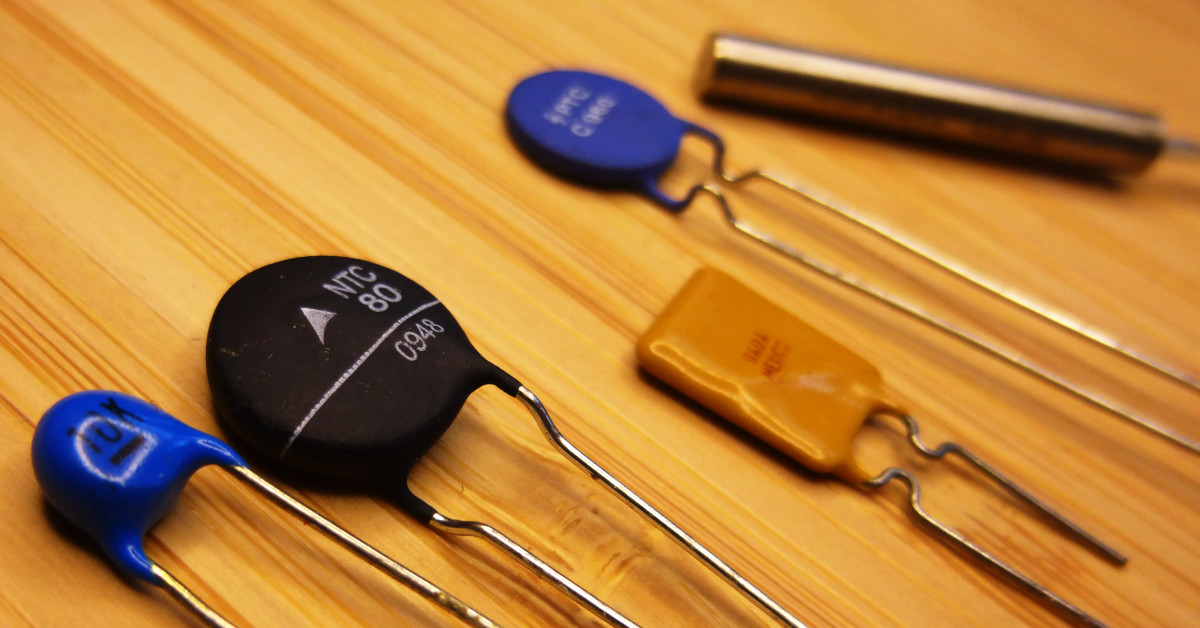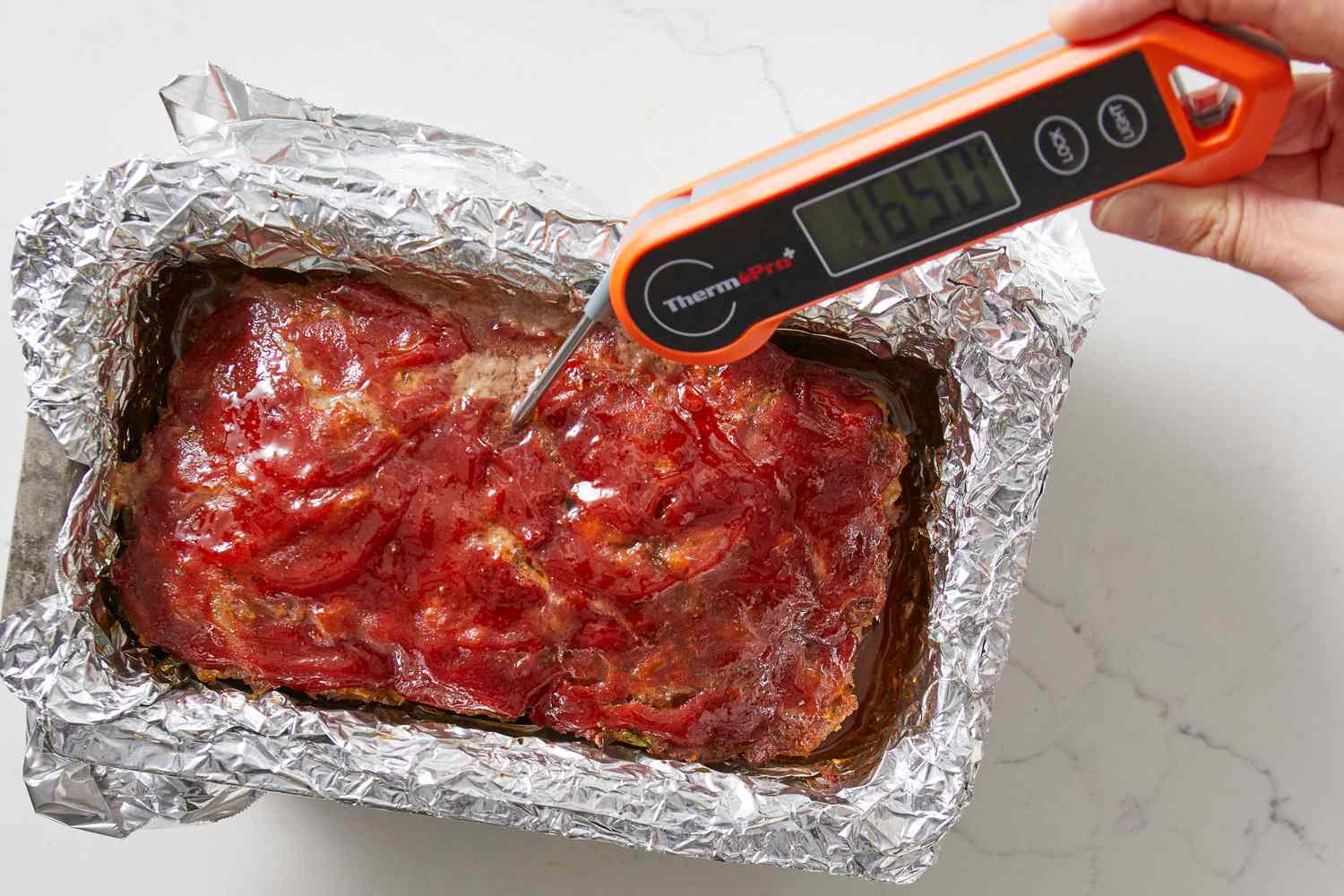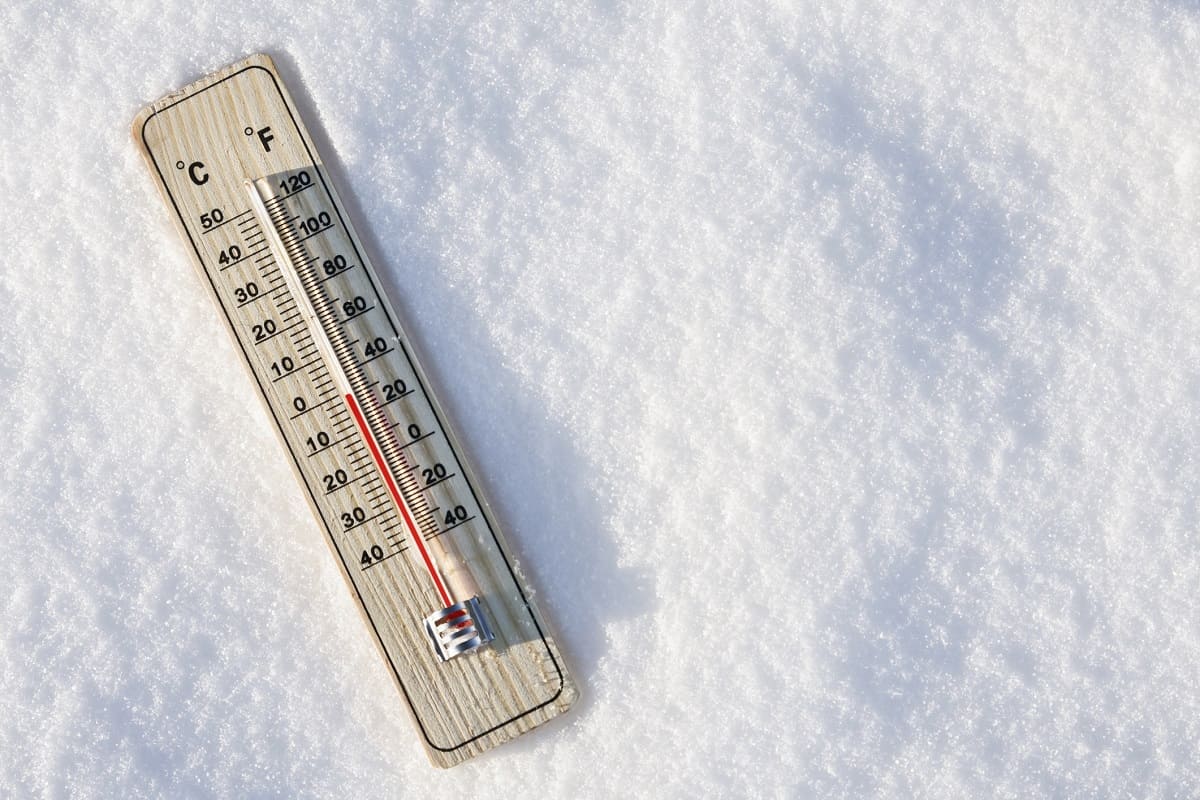Home>Culinary & Beverages>Best Temperature For Cooking Beef Roast
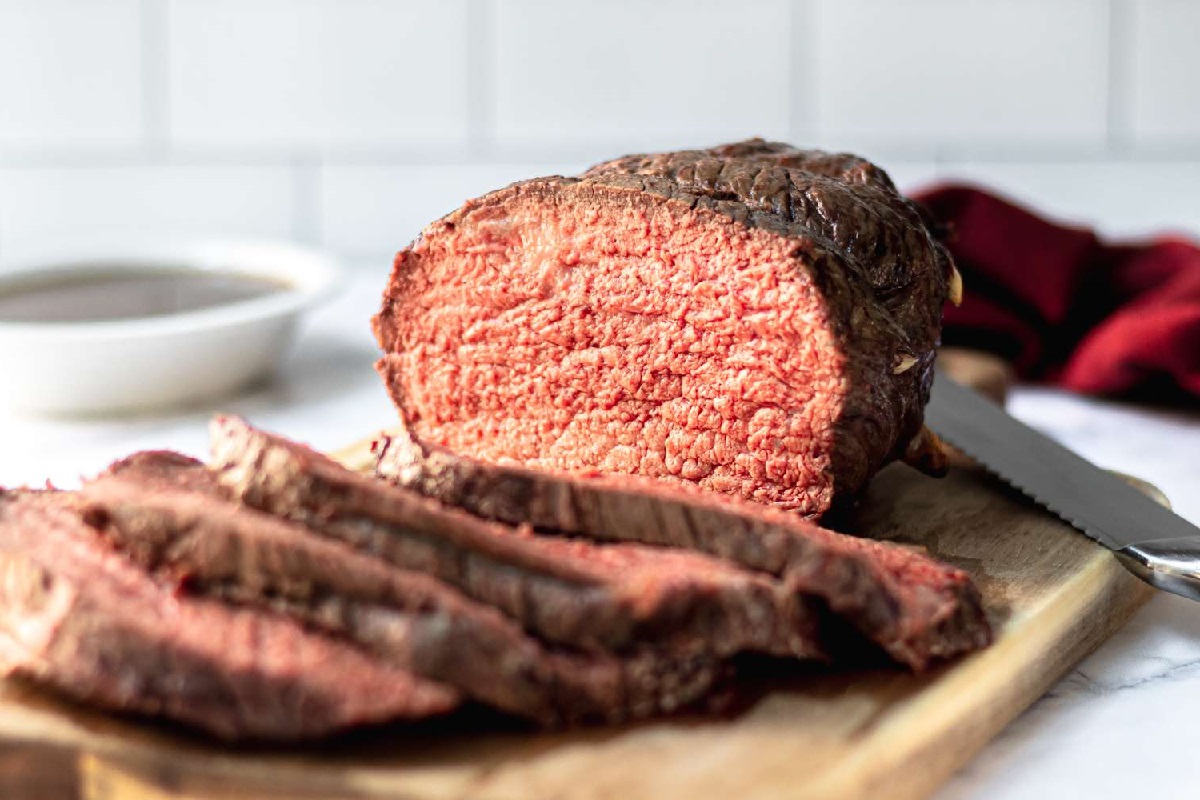

Culinary & Beverages
Best Temperature For Cooking Beef Roast
Modified: February 28, 2024
Discover the best temperature for cooking a delicious beef roast with our culinary and beverages guide. Perfect your roast with expert tips and techniques.
(Many of the links in this article redirect to a specific reviewed product. Your purchase of these products through affiliate links helps to generate commission for Temperatures.com, at no extra cost. Learn more)
Table of Contents
Factors Affecting Beef Roast Temperature
The perfect beef roast is a culinary masterpiece that tantalizes the taste buds with its succulent tenderness and rich flavor. Achieving the ideal internal temperature is crucial in ensuring that the roast is cooked to perfection. Several factors come into play when determining the optimal beef roast temperature, each of which significantly influences the final outcome.
1. Cut and Thickness of the Roast
The cut and thickness of the beef roast play a pivotal role in determining the cooking temperature. Thicker cuts require lower temperatures and longer cooking times to ensure that the interior is thoroughly cooked without overcooking the exterior. Conversely, thinner cuts necessitate higher temperatures for a shorter duration to achieve the desired level of doneness.
2. Initial Roast Temperature
The initial temperature of the beef roast before it is placed in the oven can impact the cooking process. Allowing the roast to reach room temperature before cooking promotes even cooking throughout the meat, reducing the risk of a cold center and uneven doneness.
3. Oven Temperature and Cooking Method
The oven temperature and cooking method are crucial factors in determining the beef roast temperature. Roasting at a consistent and accurate temperature ensures that the meat cooks evenly, resulting in a tender and juicy roast. Additionally, the cooking method, whether it's roasting, braising, or grilling, influences the ideal internal temperature for the beef roast.
4. Desired Level of Doneness
The preferred level of doneness, such as rare, medium-rare, medium, or well-done, directly impacts the internal temperature at which the beef roast should be cooked. Each level of doneness corresponds to a specific internal temperature range, allowing individuals to tailor the roast to their personal preferences.
5. Resting Period
The resting period after the beef roast is removed from the oven is a critical factor in achieving the perfect internal temperature. Allowing the roast to rest enables the juices to redistribute, resulting in a more flavorful and tender end product.
Understanding these factors is essential for mastering the art of cooking the perfect beef roast. By considering the cut and thickness of the roast, initial roast temperature, oven temperature, desired level of doneness, and the resting period, one can ensure that the beef roast reaches its optimal internal temperature, resulting in a delectable culinary delight.
Recommended Internal Temperature for Beef Roast
The recommended internal temperature for beef roast is a critical element in achieving the perfect level of doneness and ensuring food safety. Different levels of doneness correspond to specific internal temperatures, allowing individuals to tailor the roast to their preferences while guaranteeing that it is safe to consume.
-
Rare: For a rare beef roast, the recommended internal temperature ranges from 120°F to 125°F (49°C to 52°C). At this temperature, the roast exhibits a bright red center and is exceptionally tender, offering a unique culinary experience for those who appreciate the delicate texture and flavor of rare meat.
-
Medium-Rare: A medium-rare beef roast is achieved at an internal temperature of 130°F to 135°F (54°C to 57°C). This level of doneness presents a warm red center and a slightly firmer texture, striking a balance between tenderness and a more pronounced beef flavor.
-
Medium: The internal temperature for a medium beef roast falls within the range of 140°F to 145°F (60°C to 63°C). At this stage, the roast displays a pink center and a firmer texture, catering to individuals who prefer a more substantial mouthfeel while savoring the natural juiciness of the meat.
-
Well-Done: For a well-done beef roast, the recommended internal temperature is 160°F (71°C) and above. This level of doneness yields a uniformly brown center and a firm texture, appealing to those who enjoy a thoroughly cooked roast with a robust flavor profile.
By adhering to these recommended internal temperatures, individuals can achieve their desired level of doneness while ensuring that the beef roast is safe to consume. It is important to use a reliable meat thermometer to accurately gauge the internal temperature, as this guarantees precision in achieving the perfect roast, whether it's rare, medium-rare, medium, or well-done.
Mastering the art of cooking beef roast to the ideal internal temperature allows individuals to create a culinary masterpiece that caters to diverse preferences, from those who relish the tender juiciness of rare meat to those who prefer a more robust and well-done roast.
Cooking Time Based on Beef Roast Weight
The cooking time for a beef roast is influenced by its weight, with larger roasts requiring more time to cook thoroughly. Understanding the relationship between roast weight and cooking time is essential for achieving the perfect roast, whether it's for a special occasion or a delightful family meal.
1. Small Roasts (2 to 3 Pounds)
For small beef roasts weighing between 2 to 3 pounds, the recommended cooking time ranges from 30 to 45 minutes per pound. This equates to approximately 1 to 1.5 hours of total cooking time. Small roasts are ideal for intimate gatherings or smaller households, offering a delectable meal without an extensive cooking duration.
2. Medium Roasts (4 to 6 Pounds)
Medium-sized beef roasts, weighing between 4 to 6 pounds, necessitate a cooking time of approximately 20 to 25 minutes per pound. This translates to a total cooking time of around 1.5 to 2.5 hours. These roasts are suitable for moderately sized gatherings, providing a generous serving of succulent meat that is sure to impress guests.
3. Large Roasts (7 to 10 Pounds)
When it comes to larger beef roasts weighing between 7 to 10 pounds, the cooking time is reduced to approximately 15 to 20 minutes per pound. This results in a total cooking time of roughly 3 to 3.5 hours. Large roasts are perfect for grand celebrations and festive occasions, offering a magnificent centerpiece that embodies the essence of indulgence and culinary excellence.
4. Factors Affecting Cooking Time
It's important to note that various factors can influence the cooking time of a beef roast, including the oven's accuracy, the roast's initial temperature, and the desired level of doneness. Additionally, using a meat thermometer to monitor the internal temperature of the roast is crucial in determining its readiness, ensuring that it is cooked to perfection.
By understanding the relationship between beef roast weight and cooking time, individuals can confidently prepare a delectable roast that satisfies the palates of their guests. Whether it's a small, medium, or large roast, mastering the art of timing ensures that the beef roast emerges from the oven as a culinary masterpiece, ready to be savored and enjoyed.
Tips for Achieving the Best Beef Roast Temperature
Achieving the perfect beef roast temperature is an art that requires attention to detail and a deep understanding of the cooking process. To ensure that your beef roast emerges from the oven as a succulent and flavorful masterpiece, consider the following tips:
-
Use a Reliable Meat Thermometer: A high-quality meat thermometer is an indispensable tool for achieving the best beef roast temperature. Invest in a reliable digital thermometer to accurately gauge the internal temperature of the roast, allowing you to monitor its progress and ensure that it reaches the desired level of doneness.
-
Preheat the Oven: Preheating the oven to the recommended temperature before placing the beef roast inside is crucial for achieving even cooking. Consistent and accurate oven temperature is essential in ensuring that the roast cooks uniformly, resulting in a tender and juicy outcome.
-
Allow the Roast to Reach Room Temperature: Before cooking, allow the beef roast to reach room temperature. This promotes even cooking throughout the meat, reducing the risk of a cold center and uneven doneness. Allowing the roast to stand at room temperature for approximately 30 minutes before cooking is recommended.
-
Consider the Resting Period: After the beef roast is removed from the oven, allow it to rest for 15 to 20 minutes before carving. This resting period enables the juices to redistribute, resulting in a more flavorful and tender end product. It is a crucial step in achieving the perfect beef roast temperature.
-
Monitor the Roast Throughout Cooking: Keep a close eye on the beef roast as it cooks. Use the meat thermometer to monitor the internal temperature, ensuring that it aligns with the recommended temperature for your desired level of doneness. Avoid overcooking the roast by being vigilant during the cooking process.
-
Invest in Quality Ingredients: The quality of the beef roast directly impacts the final result. Opt for a high-quality cut of meat from a reputable source to ensure that your roast possesses the ideal texture, flavor, and juiciness.
By incorporating these tips into your beef roast preparation, you can elevate your culinary skills and create a memorable dining experience for yourself and your guests. Achieving the best beef roast temperature is a rewarding endeavor that culminates in a delectable and tender roast, showcasing your expertise in the art of cooking.
